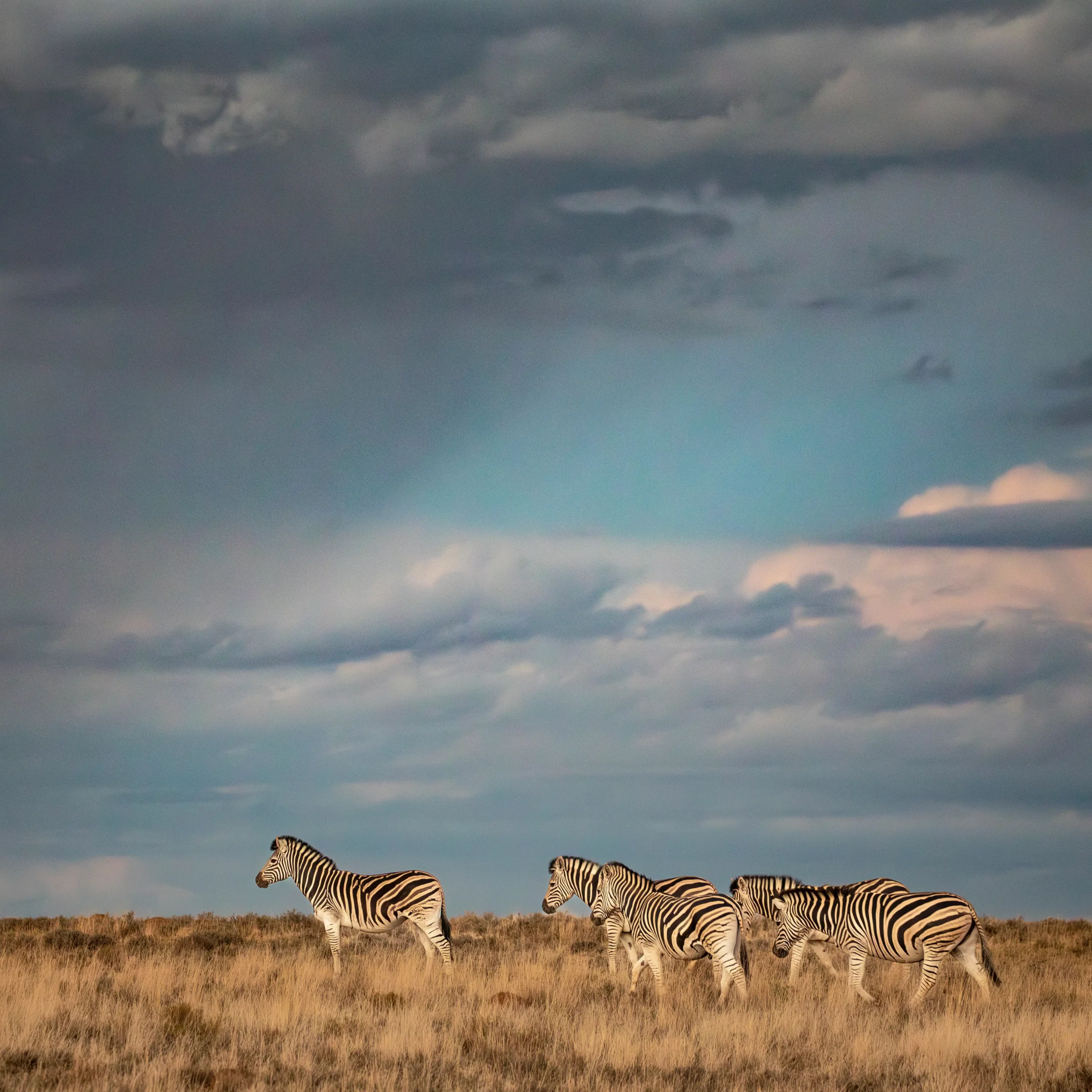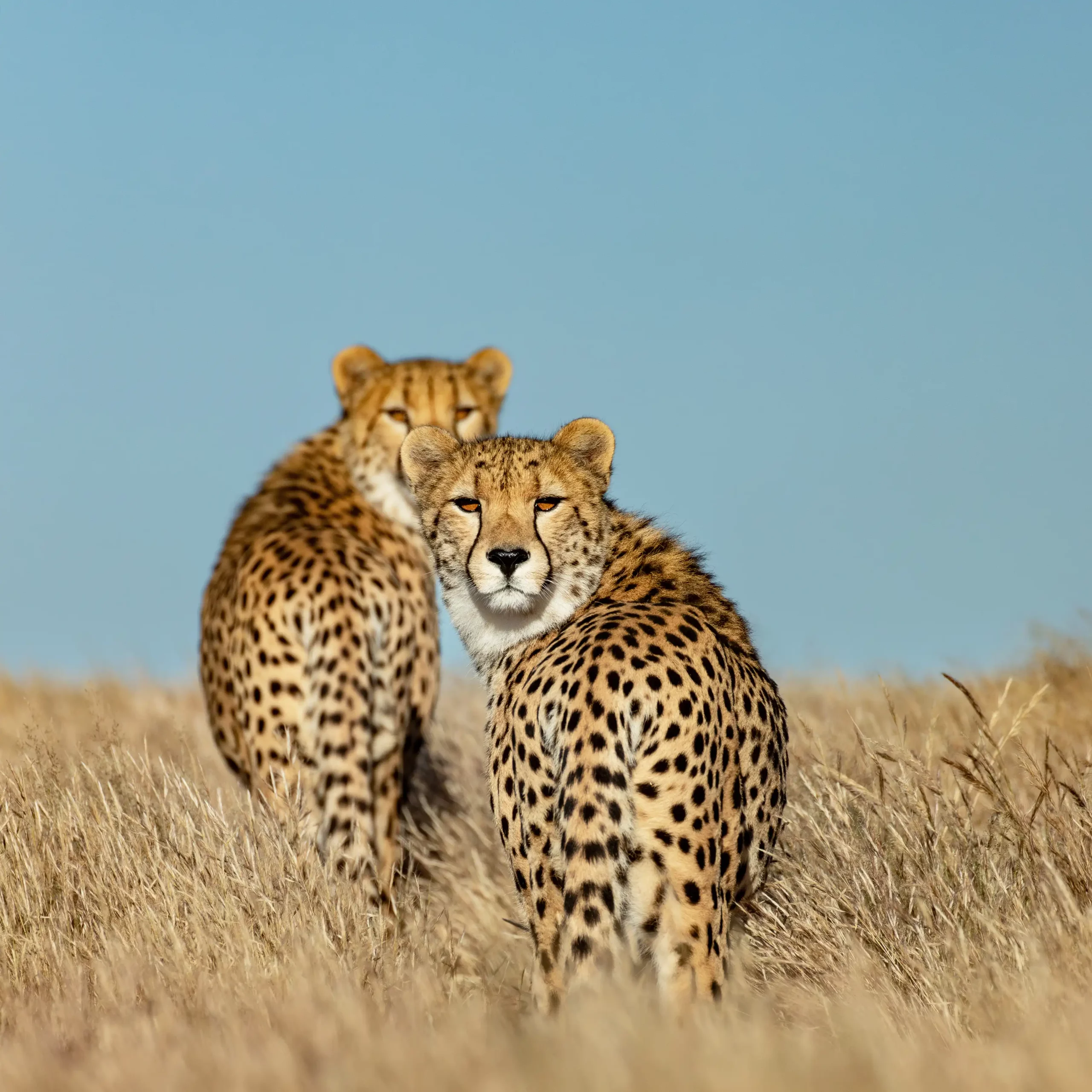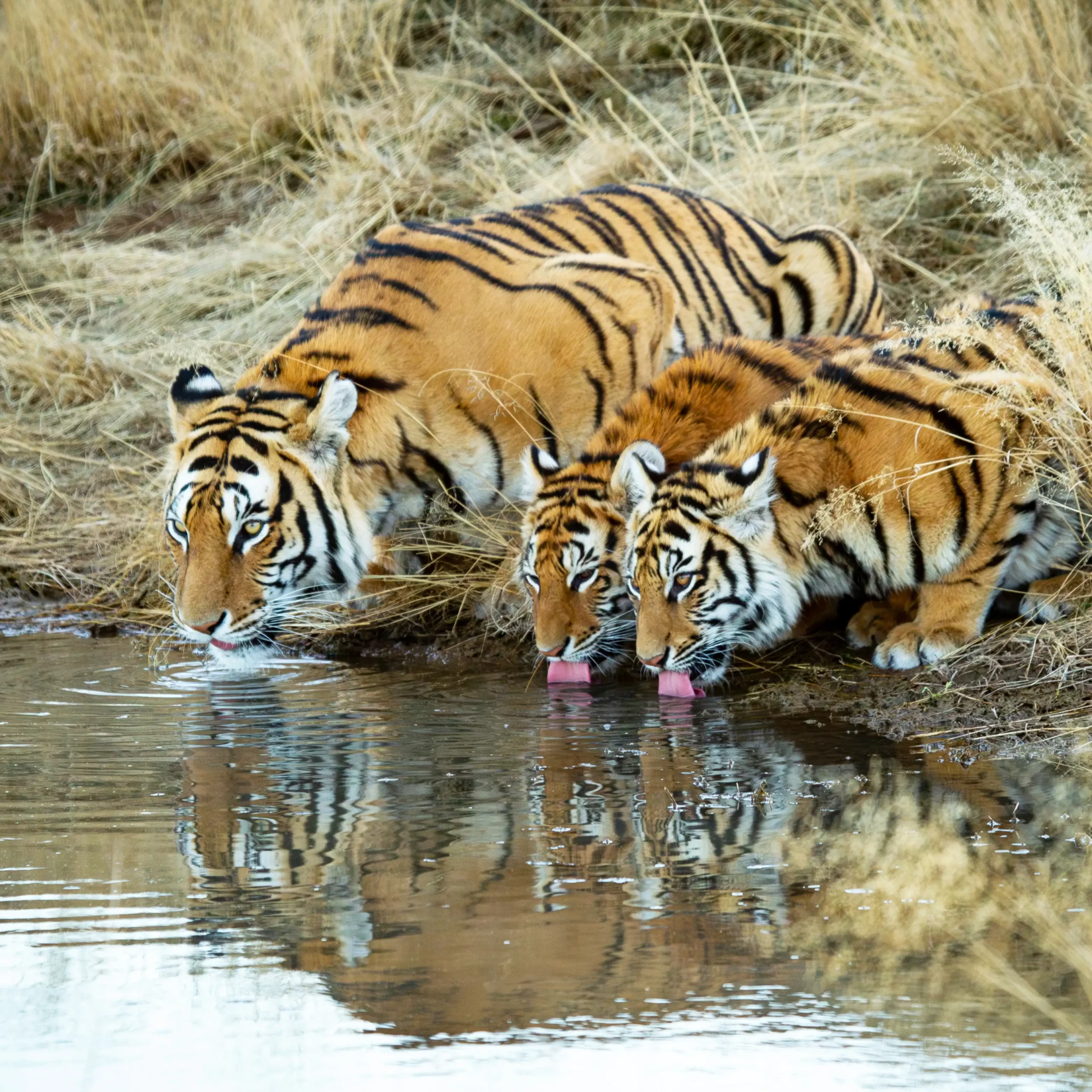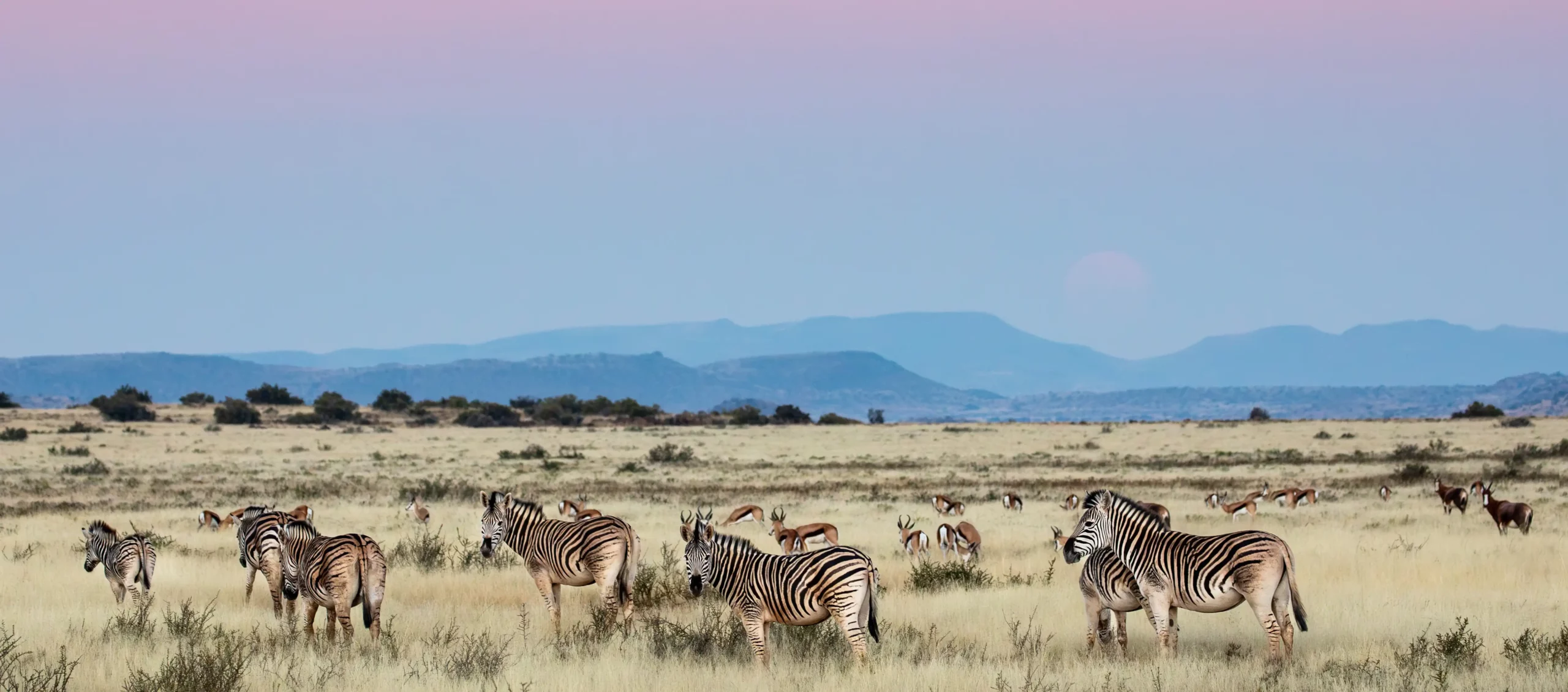Conservation
“For most of history, man has had to fight nature to survive;
in this century he is beginning to realise that,
in order to survive, he must protect it.”
Jacques Yves Cousteau
Since the very beginning of the journey, our goal has been to create ethical conservation and rewilding models for various endangered species that can be used as sustainable blueprints for similar projects across the globe. Kishindo itself is a land which has undergone intensive natural restoration. Semi-arid farmlands are now an expansive wilderness where some of nature’s most vulnerable species are protected.
Rewilding Success
Rewilding at Kishindo started as a necessity for us to prepare the reserve for supporting endangered big cats, it has since evolved into a far reaching natural phenomenon. The Blue Crane, Verreaux’s Eagle, Blue Korhaan, Black footed cat, Aardvark, and Aardwolf are just some of the rare species that have returned to the land and are now protected at Kishindo.

A Metapopulation Story
With ample grassland plains and a passion to expand our conservation efforts, Kishindo’s Cheetah Wild breeding project was started in 2014. In collaboration with the Endangered Wildlife Trust, and The Cheetah Metapopulation Initiative, our reserve has produced many young adult cheetah who have been successfully relocated to other selected game reserves throughout Africa.

The Ex-Situ Model
Our unique approach to tiger conservation was inspired by the pioneering efforts of renowned conservationist, Dr Ian Player, who in the 1950’s relocated rhino across Southern Africa to save the endangered species from extinction. Today ex-situ rhino projects have been established in Australia and America – a major catalyst in the success of the species. Kishindo’s Tiger Canyon project employs a similar model using land in Africa to bolster global efforts in saving the endangered Asian Tiger from extinction. An important role of Tiger Canyon is awareness and education for the plight of the tiger.

“No one will protect what they don't care about; and no one will care about what they have never experienced.”
Sir David Attenborough

Donate to help our Conservation Projects
Kishindo has not developed a non-profit trust yet, but we believe that conservation projects should eventually become self-sufficient through sustainable eco-tourism This process takes decades and often lifetimes to achieve, Kishindo is still a relatively young eco-tourism destination and therefore appreciates donations for our conservation projects. Here is a list of conservation projects we need help with.
Re-introduction of new species onto the reserve, including gemsbok, black wildebeest, mountain zebra, and vulture that are rarely seen on the reserve.
Construction of water holes in remote areas, and for our breeding blue crane population
Control of alien and invasive plants.
Fencing of new areas of land to protect wildlife.
Purchase of new land to expand our conservation areas.